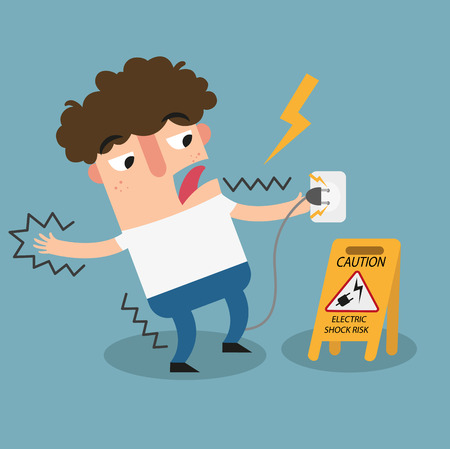
How to Translate Your Product’s Owners Manual for Foreign Customers (Part 2)
by Chad Richardson
Welcome back to the second half of our two-part article on getting a technical translation of product manuals. Last time we defined technical translation as a very precise and industry-specific translation style and why you want to stay away from auto-translation. Today, we’ll be covering how to get the best possible translated technical manual.
Working With Your Translation Service
As you might guess, when it comes to technical writing, you need a translation service that understands at least the basic technical aspects of your product. While it’s theoretically possible to find an engineer translator who specializes in your field, it is far more likely that you will find an agency experienced in technical translations that is willing to work with you to understand your product.
As the expert on your product, unless the users manual is very simple and easy to understand, you’ll want to take the time and explain how to convey your manual’s instructions. Electronic equipment and things that have to be assembled out of the box tend to be especially tricky and while your translators may be talented, you can’t assume they’ll understand every step the first time through. Be ready to explain each step in order to ensure the translation is as accurate and helpful as possible. It may even help to show an example of the product.
Translating the Diagrams
In badly translated manuals, the diagrams and pictures are often one of the few clues available but they can be returned to their helpful visual-aide status with a quick translation brush-up. Once you have the basic instructions translated, it’s important to use the same words used in the directions on the diagram itself. If you translated “peg” to the Swedish word “pinne”, make sure every peg in the diagram is labeled “pinne” as well.
Covering all the Warnings
With the rest of the instructions translated, there is one section of your translated users manual that needs very careful attention. Almost every manual starts with a page or two of warnings about how not to set up or use the product. Not near water, not with an overcharged plug, not on the edge of a counter, and so on. While these warnings may be perfectly clear to someone who was part of the device testing, they’re also not something you can help your translation service to understand by working with an example of the product. Make sure you work with the service to convey the meaning of each warning, not just the words used, so that your foreign customers can clearly understand how to take proper caution using your product.
Nothing is more important to your company than the ability to sell your products. Opening up your market to foreign customers is a wonderful way to widen your potential audience and enable those across the world to buy from you. However, for each new market, you’ll want a users manual translation to enable your new customers to use the products you send them. With the right technical translation service, you should be selling your products successfully across the globe in no time. For more information about translating your product’s technical manual, contact us today!
Related Articles
Why Hyper-Localization and Personalization Are Defining Global Success
Translating content is no longer the benchmark for going global; it’s the baseline. As businesses expand into new markets, what truly drives growth in 2025 is the ability to connect meaningfully with audiences through hyper-localization and personalization. These strategies are redefining how brands communicate. Hyper-localization adapts your message to reflect not just a language,…
AI-Powered LQA and Human Review: The Smartest Way to Scale Localization
Every multilingual project begins with ambition: the ambition to connect, to scale, and to meet global audiences where they are. But ambition often collides with the reality of manual language review processes that strain valuable resources. This friction delays launches and diminishes the agility brands need to thrive internationally. The answer is not replacing people…
Connecting Through Language: Why Global Brands Are Investing in Multilingual Video
In today’s digital world, attention is the most valuable currency—and it’s increasingly multilingual. For brands expanding across borders, creating content that resonates globally isn’t just a competitive advantage; it’s a business necessity. Whether you’re onboarding a workforce, educating customers, or entertaining the masses, your audience expects more than a translated script. They expect localized video…
here
for you
We’d love to learn more about your translation and localization needs.